UCLA’s Billy Wilder Theater will present a terrific double bill on Saturday, May 4: two works from film-noir master Robert Siodmak, starring Burt Lancaster.
In addition to being handsome and lithe, Lancaster projected intelligence, sensitivity and depth. He made his screen debut in “The Killers” (1946), adapted from an Ernest Hemingway short story and co-starring Ava Gardner. Lancaster can’t break Yvonne De Carlo’s spell in “Criss Cross” (1949), a brooding narrative of betrayal set in the back alleys of post-war downtown Los Angeles.
The evening is part of the Lancaster centennial celebration presented by the UCLA Film & Television Archive and the Hugh M. Hefner Classic American Film Program. The celebration of Lancaster’s movies runs through June 30. The Film Noir Foundation’s Alan K. Rode is the special guest on May 4.
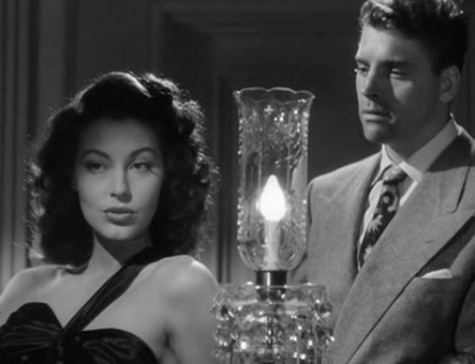








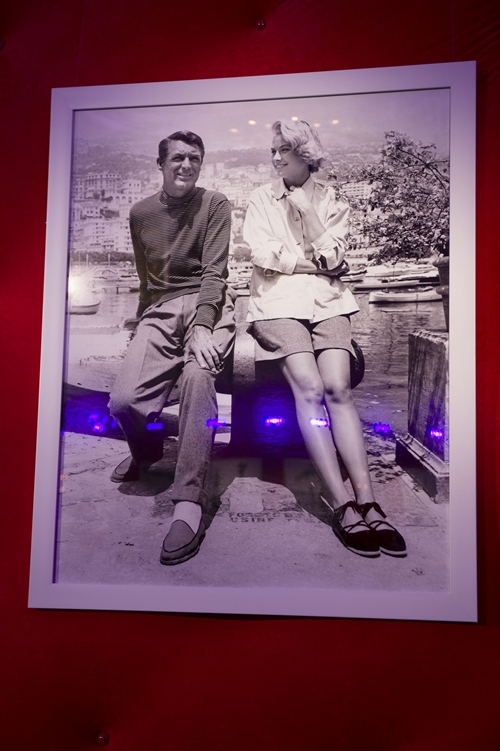
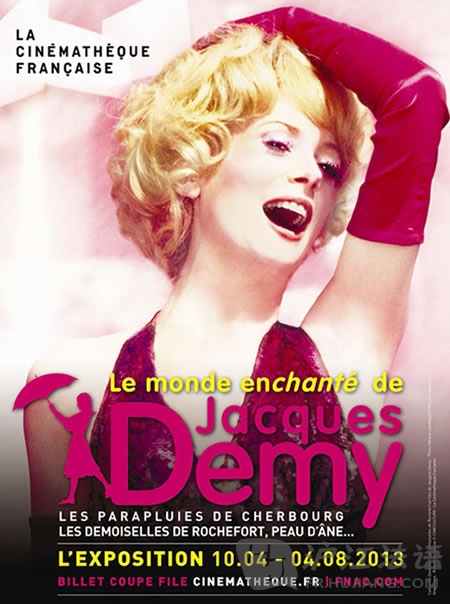
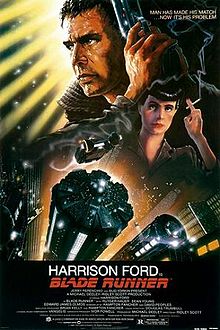
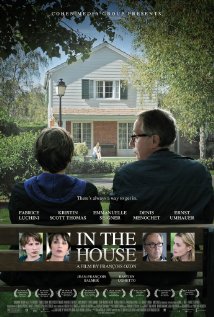
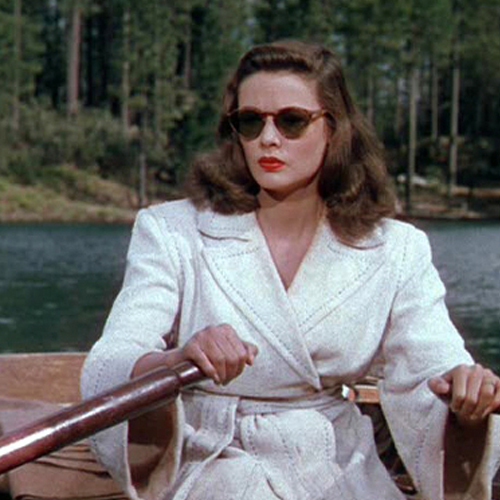
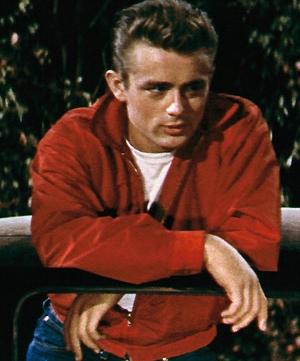
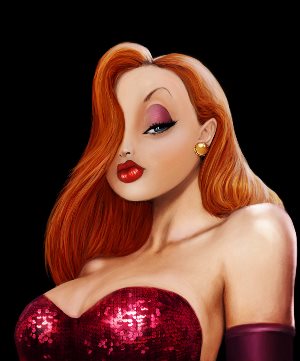

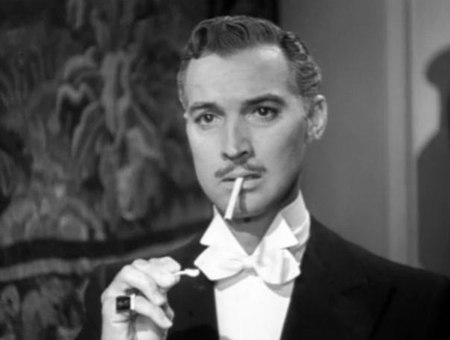
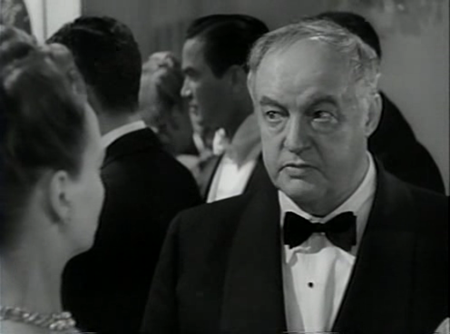
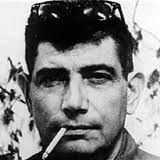
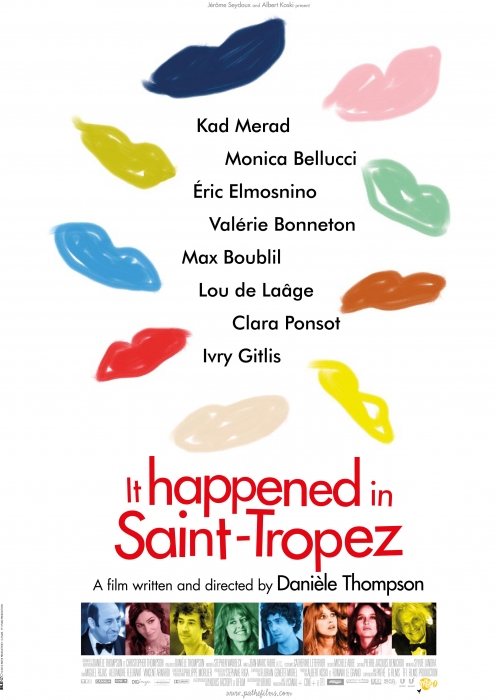
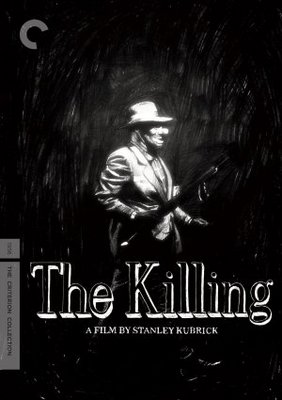
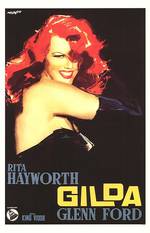
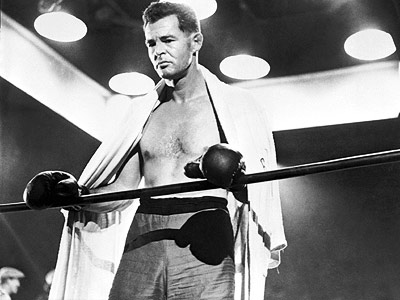
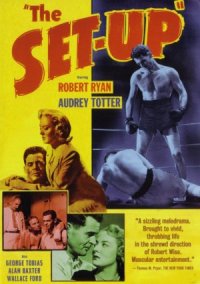
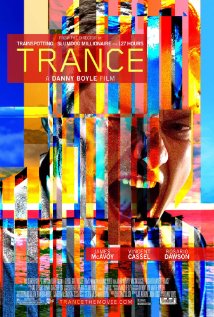
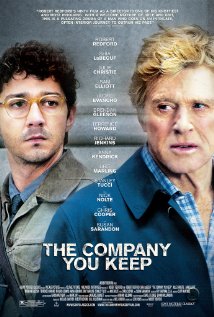
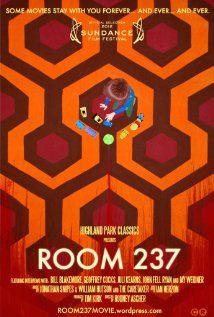
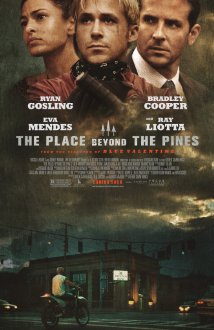
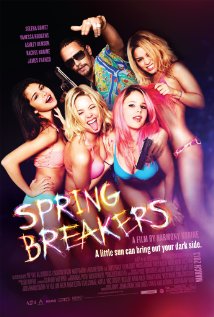





From FNB readers